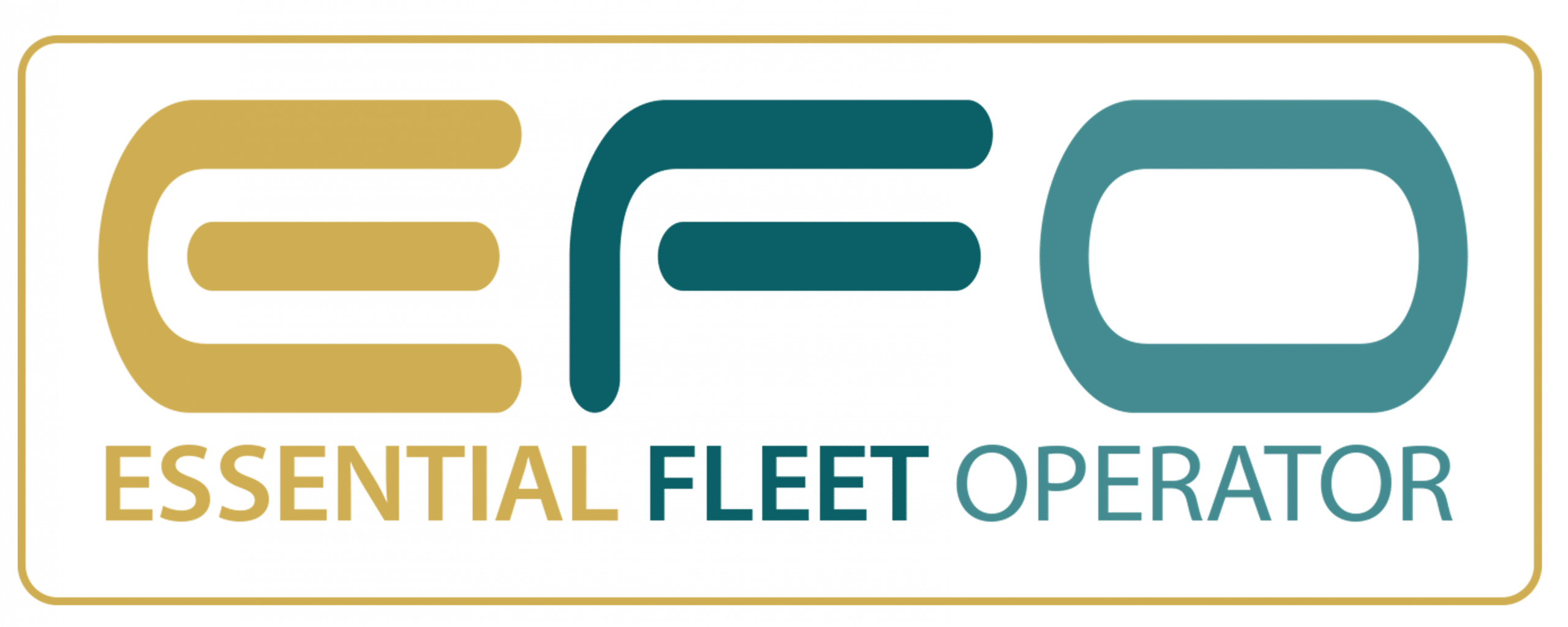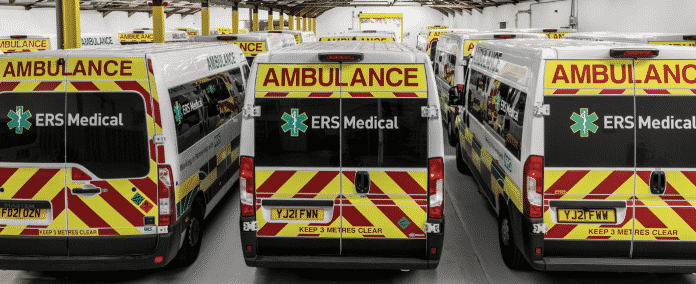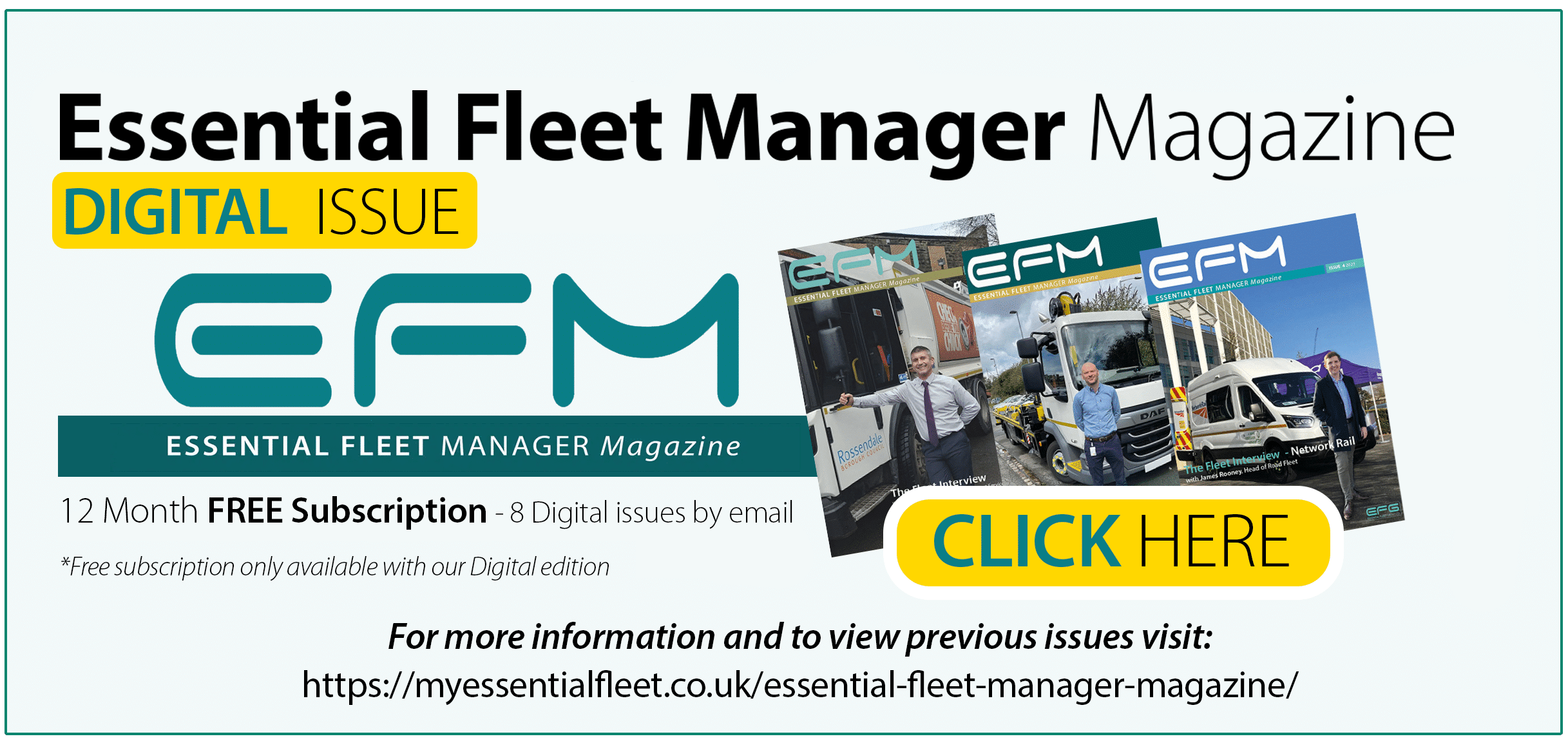With a growing list of NHS clients, national health and social care transport company ERS Medical provides services to support the NHS. Jeroen Van Os, ERS Medical’s Chief Financial Officer, explains how the company’s fleet operations and use of innovative vehicle modifications are key parts in this success.
What is the history of ERS Medical and the support that it provides the NHS?
We’re the leading health and social care transport provider, supporting the NHS with non-emergency patient transport, high-dependency patient transport, medical courier and other specialist patient transport services. We work with over 250 NHS organisations as their trusted provider.
Our service is more than about moving patients from point A to point B. From contracting through to delivery, we are committed to ensuring that the correct resources are in place to ensure patients experience a safe and comfortable journey. And when it comes to going above and beyond – if we can deliver a reliable service in a time of need – we do just that.
As an example, throughout the pandemic, we have adapted to changing needs with openness, speed, and flexibility. When the first and subsequent waves of the pandemic hit the NHS, we stepped up to help the wider sector transport patients suspected of or positive with COVID-19.
We have also been supporting customers in the North and South of the country with their regional roll out of COVID-19 vaccine doses and to date, we have safely distributed over 300,000 doses of the vaccine.
What is the current breakdown of your fleet assets?
Our fleet includes 540 specialist vehicles including stretcher ambulances with a bariatric variant, seated ambulances, secure patient (covert) vehicles, High Dependency Unit (HDU) ambulances, wheelchair access vehicles (WAVs) and temperature-controlled medical courier vehicles.
We also recently introduced the very first electric ambulance to our fleet. Built by Blue Light Services, the zero-emissions patient transport vehicle is the first in ERS Medical’s fleet, paving the way for our cleaner and greener transport vision.
With a range of 219/185 miles (city/combined), the electric ambulance saves over 4000kg of CO2 emissions per year when compared to a diesel vehicle equivalent driving 10,000 miles per annum.
In using the services of ERS Medical and therefore avoiding the ownership and operation of fleet assets, how does this translate into efficiencies for the NHS?
As we provide a national service across various geographies and multiple contract areas, this means that our fleet assets can be deployed or repositioned more easily and efficiently when compared to a single NHS organisation. In turn, this results in economies of scale and a better application of costs all round.
When specifying and procuring your vehicles, does your private sector status allow you greater flexibility than your public sector partners?
One of the key aspects of private sector fleet procurement is the nature of flexibility and responsiveness when it comes to specifying, ordering and deploying vehicles to a contract area. In comparison, a public sector organisation would potentially undergo a lengthy procurement process for a fleet contract of significant value. Being a private sector supplier, we can utilise existing relationships, determine best value for money quickly, get orders placed and vehicles on the road quicker.
What are the current daily pressures on your fleet operations?
Currently, the main pressure is ensuring vehicles are available for servicing our customers. During the pandemic, every vehicle is required to support the national response to Covid-19 and therefore minimising vehicle off road time is critical.
We typically carry around 10%-15% resilience within our fleet, but during the pandemic this has been called upon, and we are continuing to service, maintain and repair vehicles outside of core operational hours.
The new services underpinned by the dual temperature-controlled vehicles are by their very nature a great example of innovation led improvements in efficiency. Could you explain the vehicles and how they operate across multiple categories of courier services?
ERS Medical’s vehicles are a new type of medical courier transport solution. Generally, medical courier vehicles are suitable for pharmacy and pathology items that need to be transported at ambient temperatures between 15-25 degrees.
However, if these vehicles need to transport medicines or pathology samples at lower temperatures, they tend to use cool bags and ice packs. This doesn’t fully protect the items from high external temperatures and any delays due to traffic or re-routing. It can also be time-consuming to repackage items into cool bags. Moreover, if the medicines and samples are spoiled due to being stored or transported at incorrect temperatures, they will need to be requested again, leading to delays.
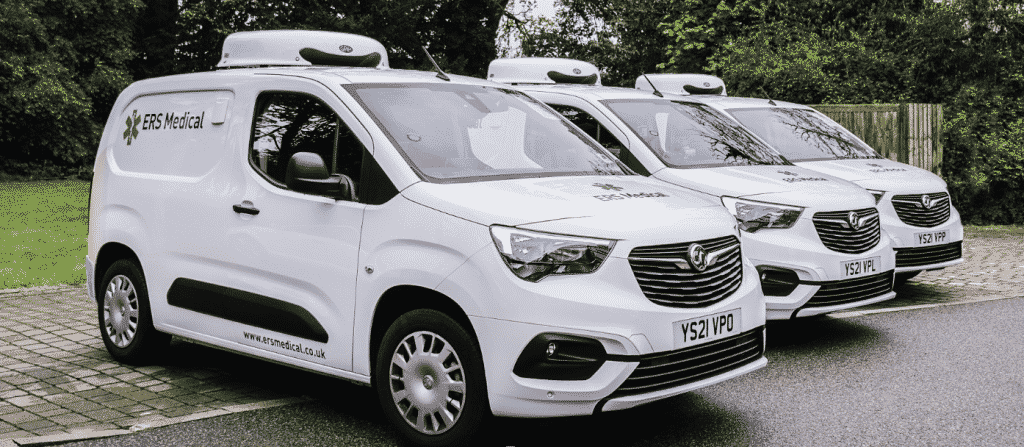
Our courier vehicles have a temperature-controlled area that is set at an ambient temperature of 17 degrees Celsius, but it can be adjusted to go as low as zero degrees and as high as 25 degrees. Additionally, this section has an integral fridge unit (set between 2 and 8 degrees) to transport pathology and pharmacy items at a different, lower temperature from the rest of the rear cab, which is suitable for the transportation of vaccines, certain drugs and pathology samples. The entire rear cab itself can also be set to a lower temperature specified by the customer to transport larger items such as bigger boxes of vaccines or medicines.
This means that multiple categories of medical courier items can be safely and efficiently transported on one trip instead of repeat journeys.
How important is a close relationship with vehicle suppliers when looking to develop and innovate your fleet?
Due to our large fleet numbers that we operate for the different NHS services across the UK, it is important for us to work closely with our fleet provider who can apply innovation to mobilise a service swiftly.
It is also imperative that ERS Medical maintains very close relationships with vehicle suppliers and vehicle converters to be at the forefront of new technology.
In addition to our fleet suppliers, we also work very closely with MAF Finance Group as our vehicle funding broker who have a portfolio of customers, funders and vehicle manufacturer relationships.
This holistic and collaborative approach of working results in new ideas that we can take further in our discussions with customers.
What are the current challenges for you associated with the pandemic and shortages in the vehicle supply network?
The entire logistics industry is challenged by the current global microchip shortage. This is impacting the build of new vehicles and current delivery schedules for new vehicles are looking at lead times of at least 6-12 months.
We are retaining our older fleet to ensure we can continue to deliver services under the current PHE guidance on social distancing for patient transport services.
Of course, this then brings its own set of challenges with any vehicle breakdowns and the associated costs of maintaining and servicing older fleet assets.
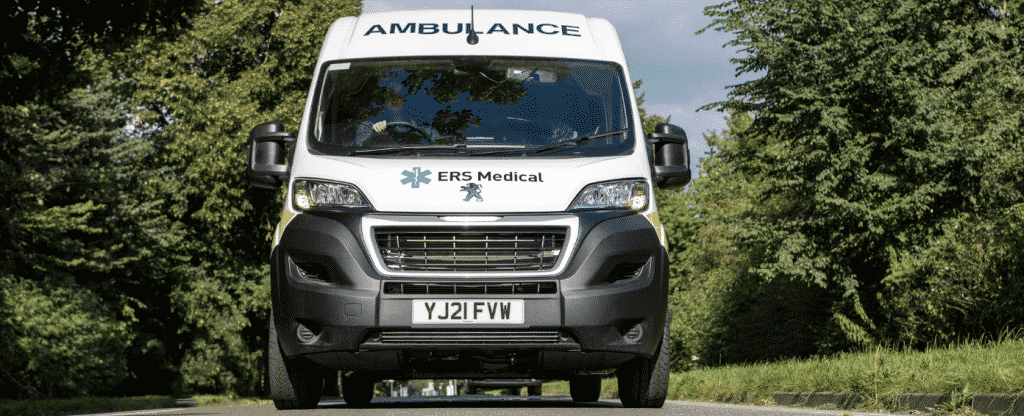
Are there plans to electrify any parts of your fleet operation?
Yes, as you know, we currently debuted our first electric ambulance at the Emergency Services Show in September. This is the first step in the direction of electric vehicles and making our fleet greener.
How do you see your services expanding over the next year and are there further plans to add to your fleet?
We have an ambitious growth plan, which we are executing and anticipate our services to expand over the coming years. This will see our fleet expand by at least 15% per annum.
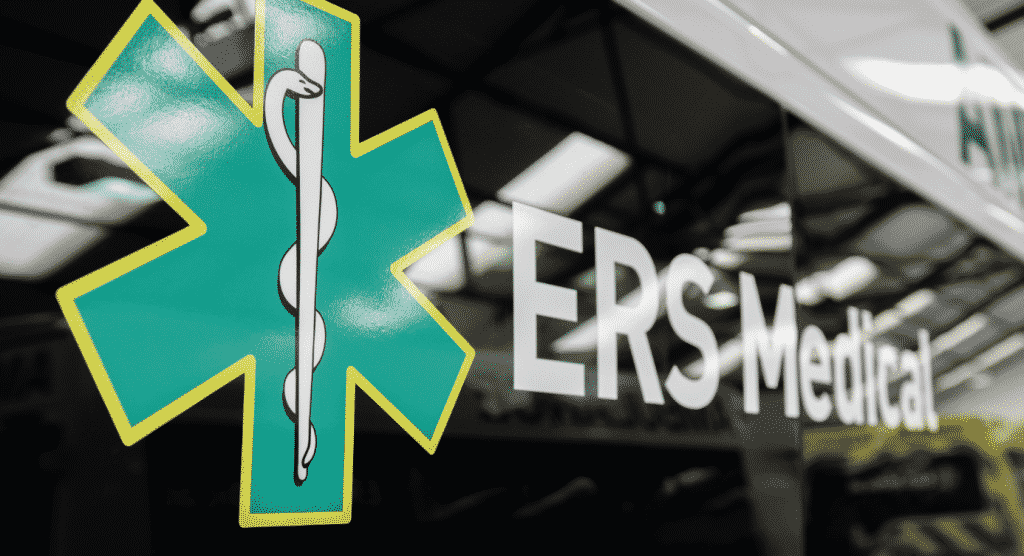
www.ersmedical.co.uk I T: 0333 240 4999 I contact@ersmedical.co.uk
As featured in issue 6 of Essential Fleet Manager https://myessentialfleet.co.uk/essential-fleet-manager-magazine/
